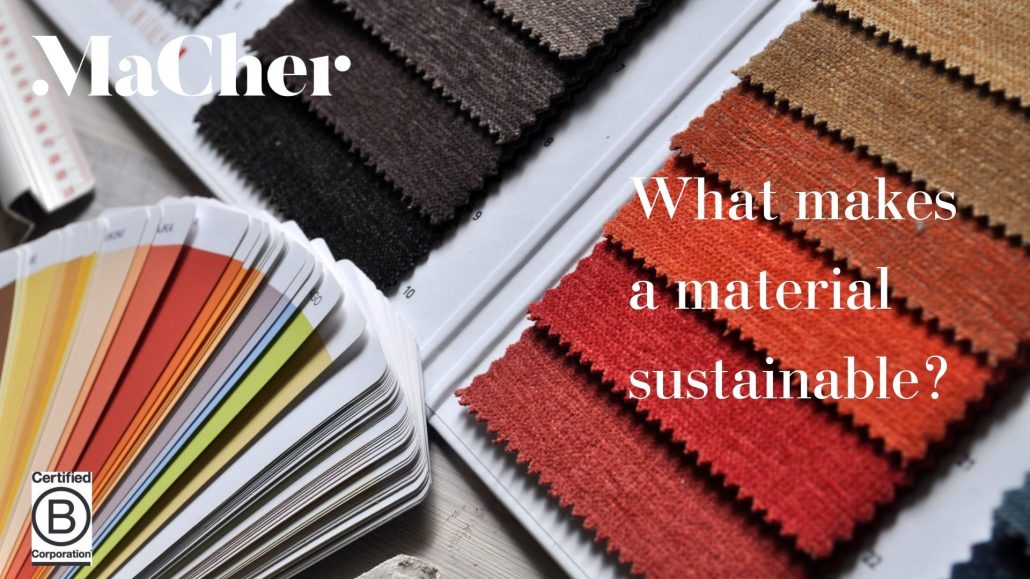When it comes to product and materials development, what makes a material sustainable? We often need to look at things on a scale or as a hierarchy. We know most products we make will have an impact, but we are working on methods to reduce this as much as we can.
On our journey, we are sharing our thoughts about about materials (see our thoughts on cotton and ‘vegan leather’) and how we approach materials selection from a “better than” perspective.
Materials hierarchy
Material selection comes with tradeoffs. Some materials are more durable, but have a greater upstream environmental impact than materials with a lesser impact but shorter life span.
For example, when we compare the lifecycle of materials on paper, virgin petroleum often looks better at the beginning of the life cycle than a plant-based fiber like cotton. Cotton on the other hand has a superior end of life stage.
These nuances led us to the development of our materials hierarchy.
We currently have 4 categories of materials that we track:
- At the top is sustainable, organic, FSC and made from waste materials with transparent supply chains.
- The next tier is conventional renewable materials like conventional cotton or non FSC wood.
- The third tier is conventional non-renewable. This includes mined, animal based, and most virgin petroleum products. Animal-based products are included this category as it is difficult to find a verified organic and ethical supply chain.
- The last tier is our “no use” list. It includes PVC and conventional PU. These are two materials we are working on removing from our supply chain altogether as part of our goal to remove virgin plastics from all products by 2025.
Choosing better materials
We know that the most sustainable thing would be to not make a product at all. The next best thing for material selection is choosing from categories 1 and 2 as often as we can. Materials selection is only part of our process in creating products for the circular economy.
With our hierarchy tool, we can have a simple way to communicate our material preferences to clients and factories. It also helps as a means of tracking our progress toward our materials goals as outlined in our Progress on Sustainability report.
MaCher is here to help guide you through the important material choices that support a sustainability journey.
We make better things to make things better.



